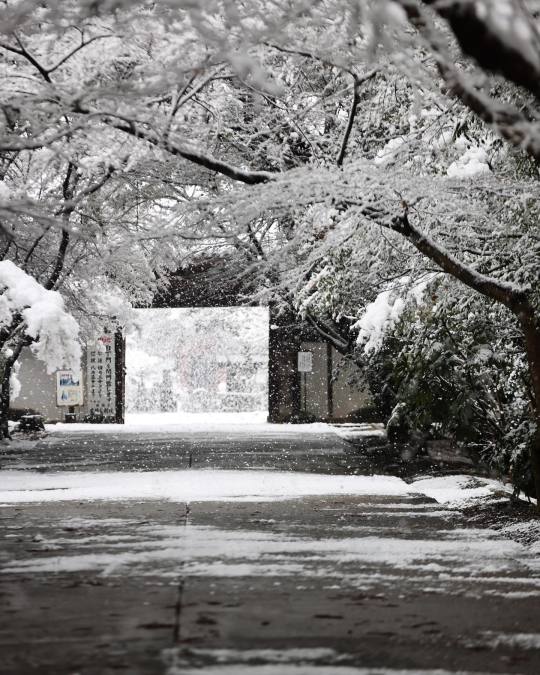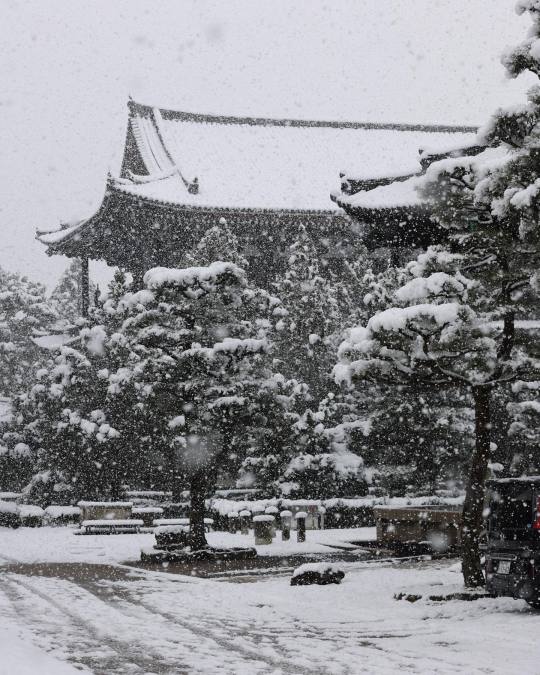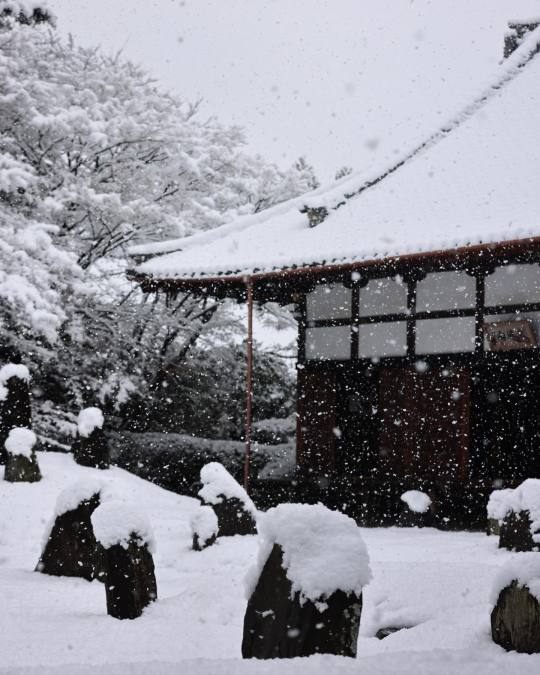Text
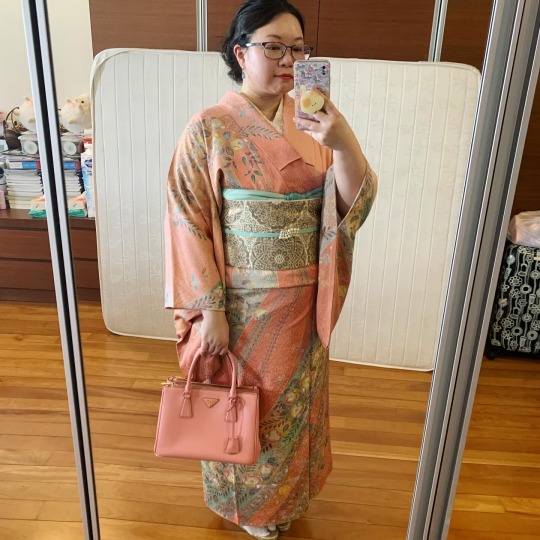

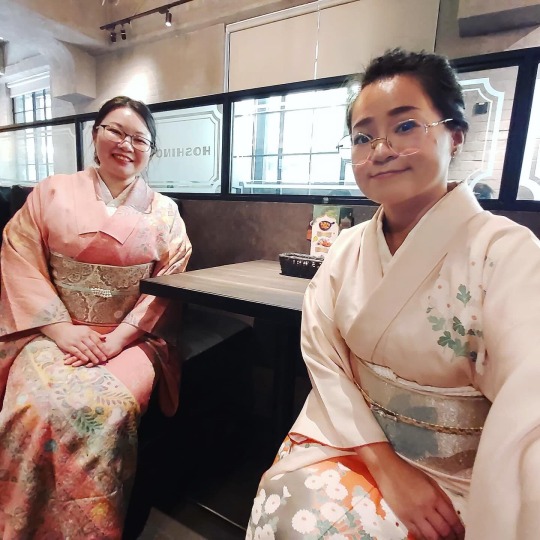
Recently a friend and I were lamenting that we didn’t have any occasions to wear houmongi to in Malaysia - so we decided to just get dressed up anyway and meet for lunch 😆 I bought this kimono for an event but it was sadly a bit too obviously stained for formal events, but it’s good enough for this sort of casual meet up!
(I am so glad I managed to dress neatly enough in an hour, despite not having worn kimono myself in months, and also not having practiced nijuudaiko in maybe 7 years 😂)
(….. also, please don’t mind the mattress propped up behind me, we are reshuffling some furniture at home 😂)
45 notes
·
View notes
Photo

November 2017: Maiko Koume (Kaden Okiya) of Miyagawacho showing off her gorgeous sakkō-ensemble.
Source: H. Ishibashi on Instagram
677 notes
·
View notes
Text
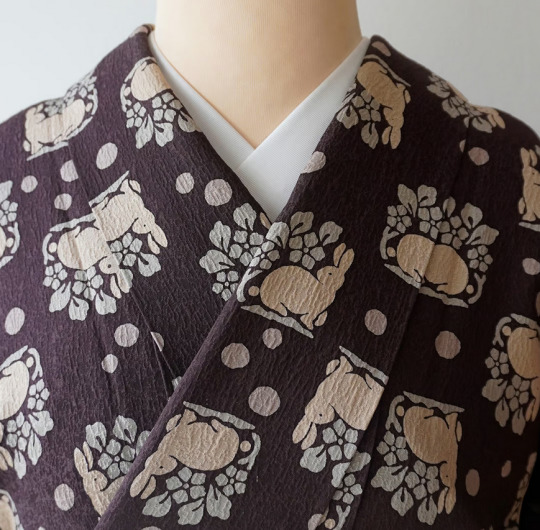
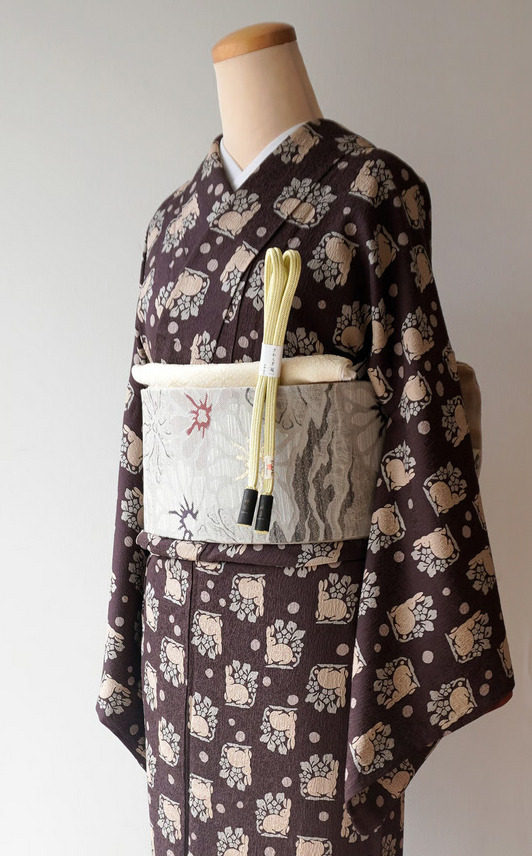
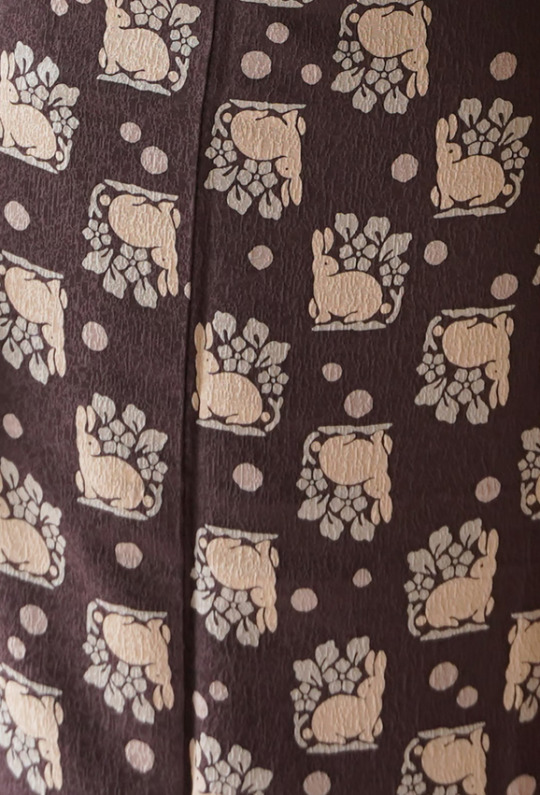
Modern muted kimono patterned with hanausagi (rabbits among flowers), an ancient motif part of the meibutsugire (imported fabrics especially popular during Muromachi period, and used to wrap for ceremonial objects like tea ceremony items).
423 notes
·
View notes
Text

Warm nightlife mood for Miki Katoh's solo exhibition poster [Shingestu (New moon)] opening this december in Gallery Mumon (Tokyo).
336 notes
·
View notes
Text
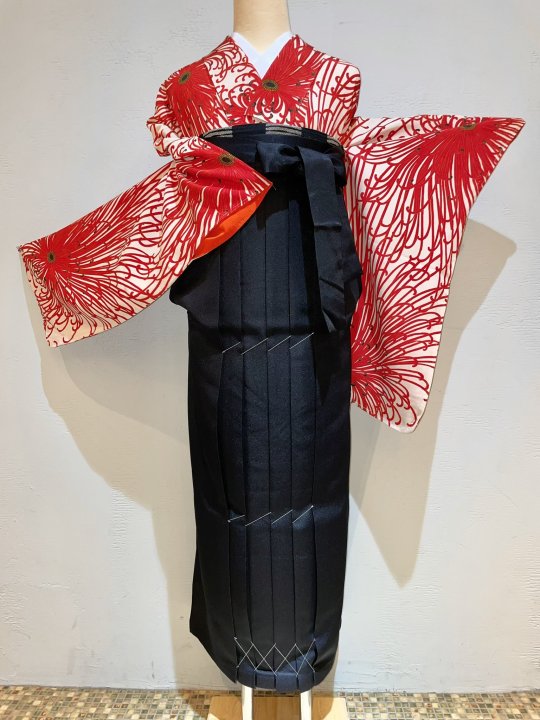

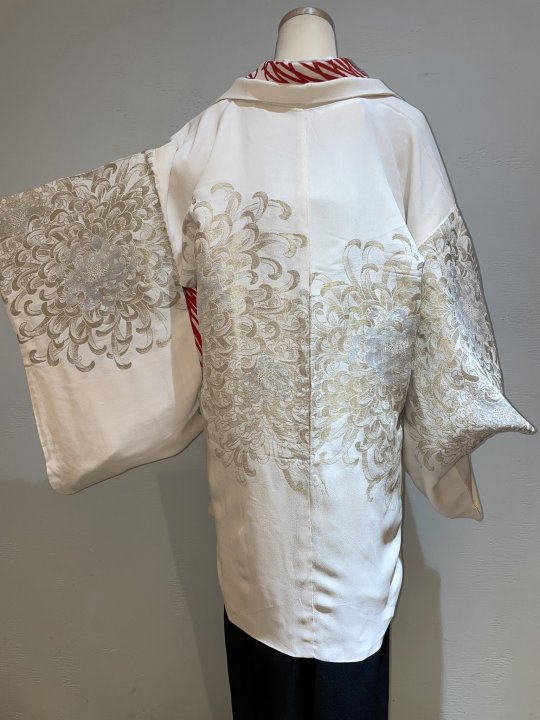



Matching kimono and haori lively despite neutral b/w/red tones, both patterned with dynamic rangiku ("wild" spidery chrysanthemum)
391 notes
·
View notes
Text
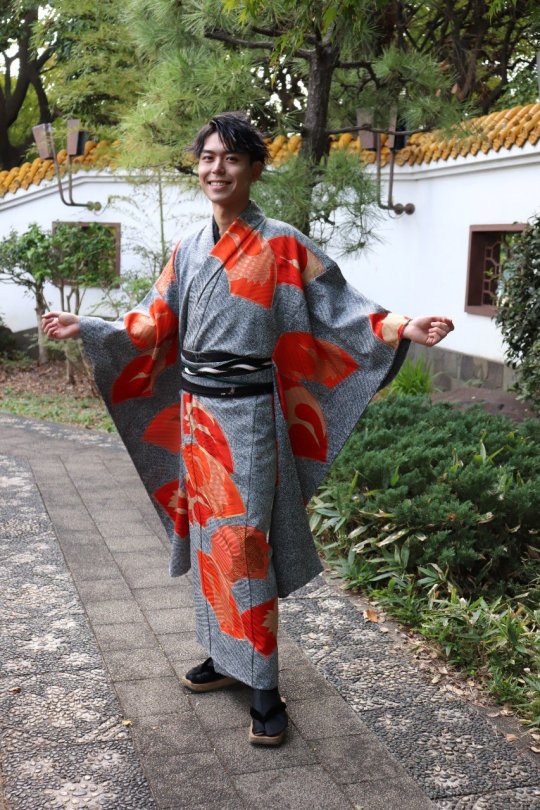

FUCH YES furisode but men styled! I am living for this!!! The embelished kaku obi kinda mimics women furisode obi styles, and nicely counterbalances the long fluttering sleeves.
Men in furisode is A+ silhouette <3 I mean just look at those shots of Momochi-san's red pinstripes furisode retro-styled with hakama (find past photoshoot here):
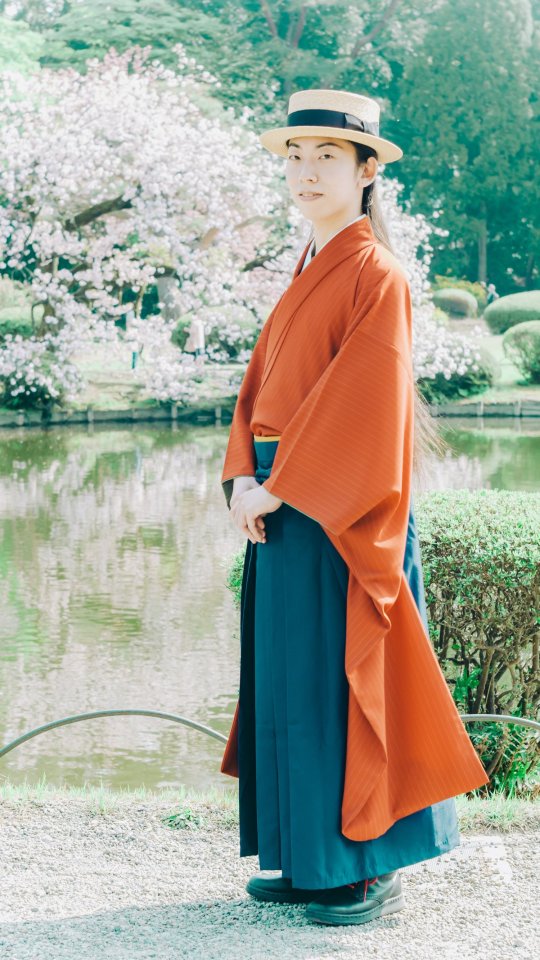

486 notes
·
View notes
Photo

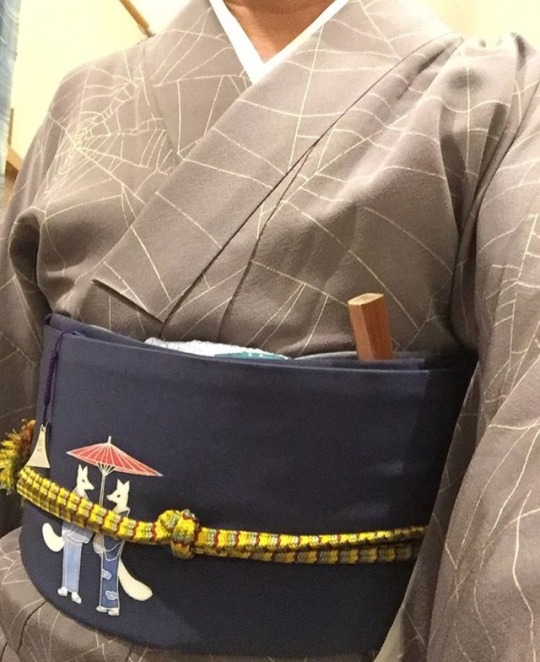
Java sparrow “Foxes wedding procession“ obi paired with amazing spider web kimono. Both chic and edgy, I love it <3 (seen on @javasparrow9)
1K notes
·
View notes
Text



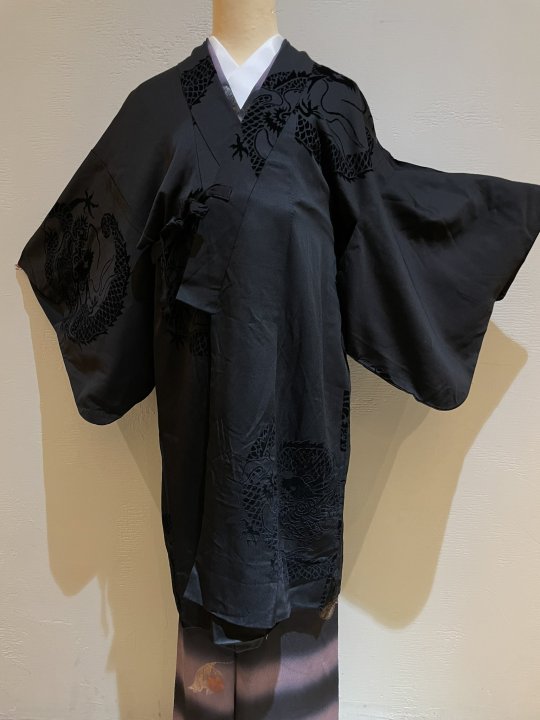
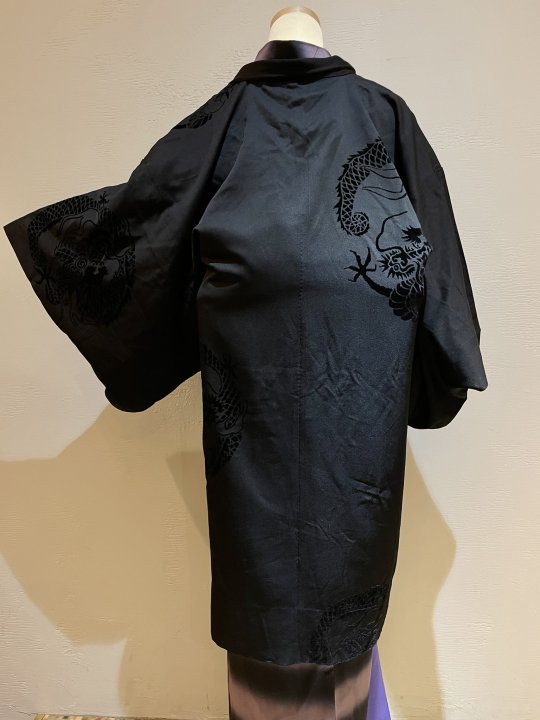
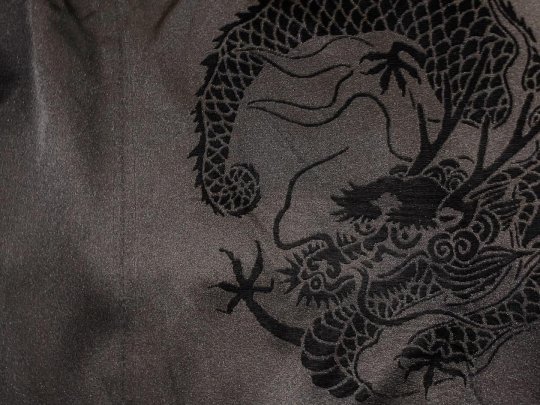
Sleek goth-feels for this outfit, pairing a light purple+black kimono with fallen leaves caught in spiderweb, and matching dragon-themed obi and coat (the raised velvet pattern!).
455 notes
·
View notes
Text
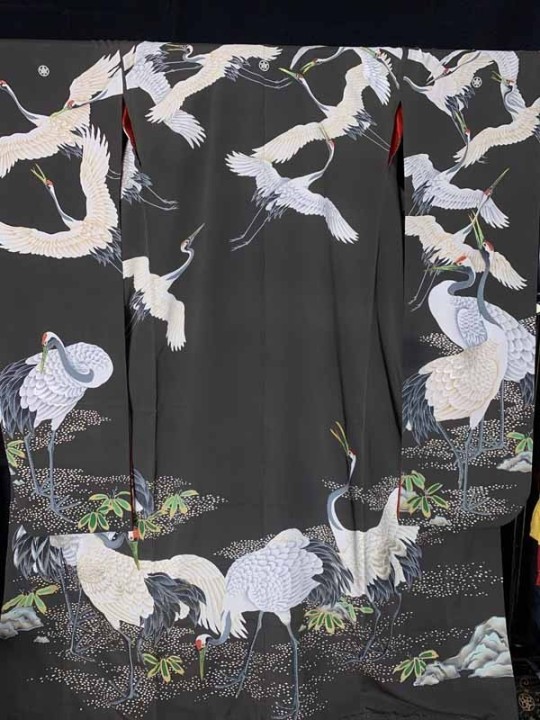

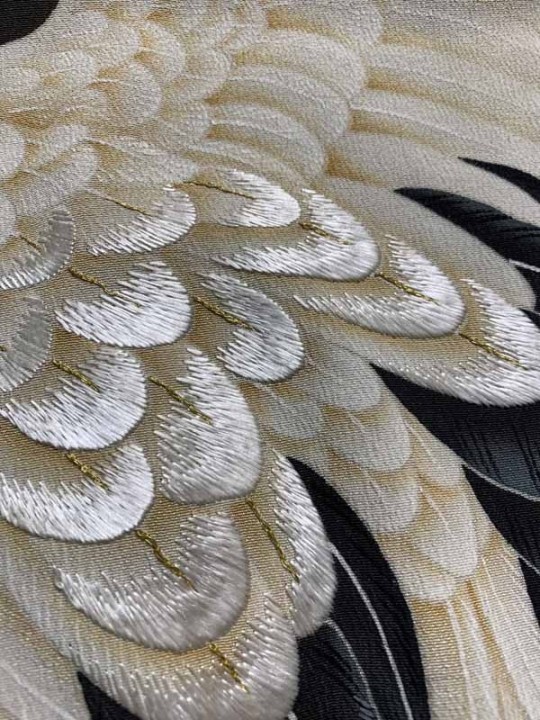



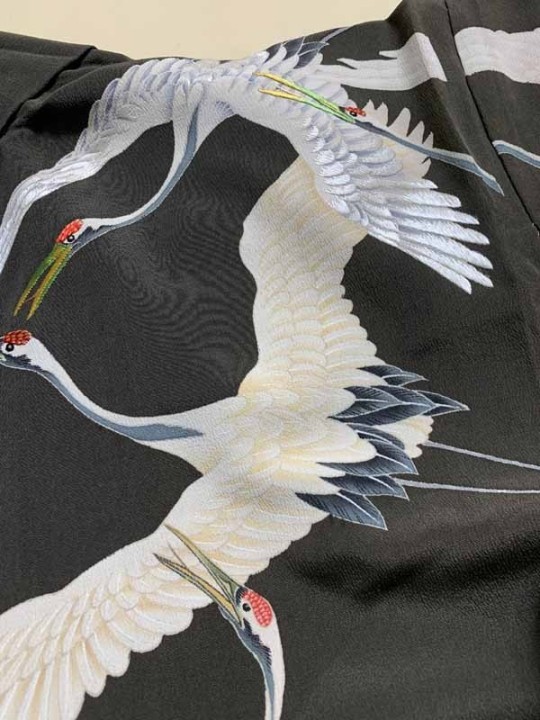
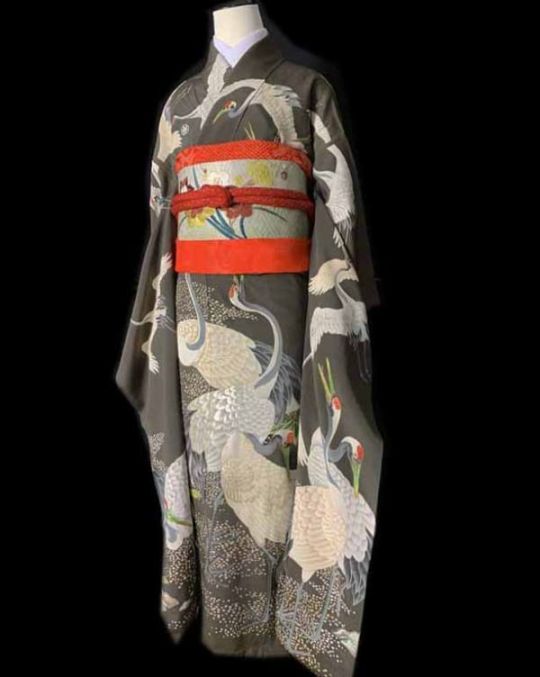
Dramatic auspiscious tsuru (crane) pattern for this antique black base bridal furisode. More exactly, you can see here beautifully depicted tanchô (red-crowned crane), tsuru being a more generic term for this bird specie.
Crane is one of my less favourite traditional pattern, but even I must admit this dance of cranes is pretty stiking!
310 notes
·
View notes
Text

Edo period types of hakama pants, fantastic chart by Edo-lover Nadeshico Rin. You can see here from left to right, top to bottom:
Fundomi hakama 踏込袴 - pants with a narrow bottom hem, a type of nobakama (see below)
Tattsuke hakama 裁付袴 - pants tight below the knee, sometimes refered as "ninja pants" (= Iga hakama). Those were worn by many, from samurai to servants and craftmen.
Umanoribakama 馬乗袴 - lit. "riding pants", wide hakama with high gusset split legs for confortable horse riding.
Nagabakama 長袴 - formal trailing hakama worn by samurai from late Muromachi era.
Andonbakama - skirt-like hakama worn by Meiji period female teachers and students (hence why it's sometimes called onna bakama). A boy version appeared after mid-Meiji.
Yamabakama 山袴 - daily-life work pants with narrow legs and sometimes a gathered bottom hem. Name greatly varies depending on areas and time. A direct descendant of this style are women's monpe もんぺ.
Nobakama 野袴 - shorter hakama with black velvet hem, worn by travelling samurai. It was also part of firefighters' gear.
Hirabakama 平袴 - the "classic" ankle lenght men hakama pants, with a low gusset which means it looks nice when sitting (tailoring is hence different from the umanori, see above). Also called hanbakama 半袴, those were longer than the ancient kobakama 小袴 and shorter than formal trailing nagabakama (see above).
1K notes
·
View notes
Photo

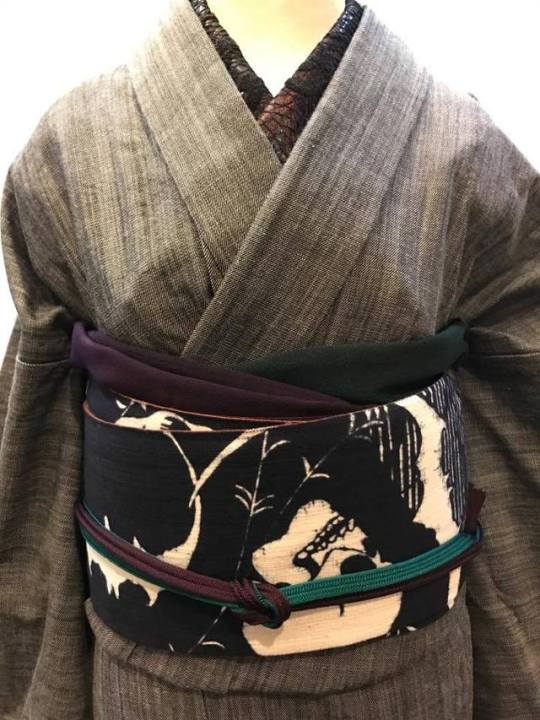

AAAAAAAAAAH <3
Neat obi made from “Moon skull” fabric by RumiRock
2K notes
·
View notes
Photo
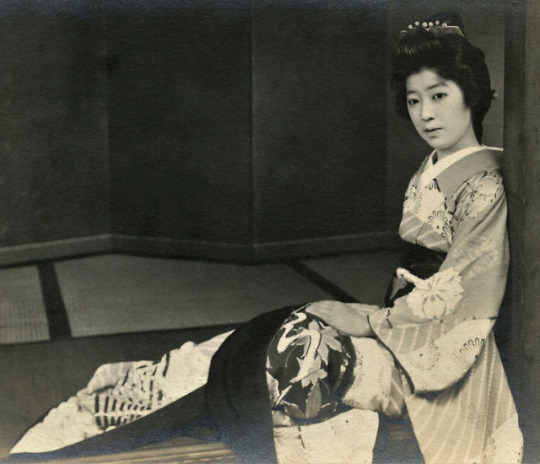
Eiryū of Shinbashi 1905. Geigi (geisha) Eiryū of the Shinbashi geisha district in Tokyo, dressed in the Genroku style. Text and image via Blue Ruin 1 on Flickr
172 notes
·
View notes

